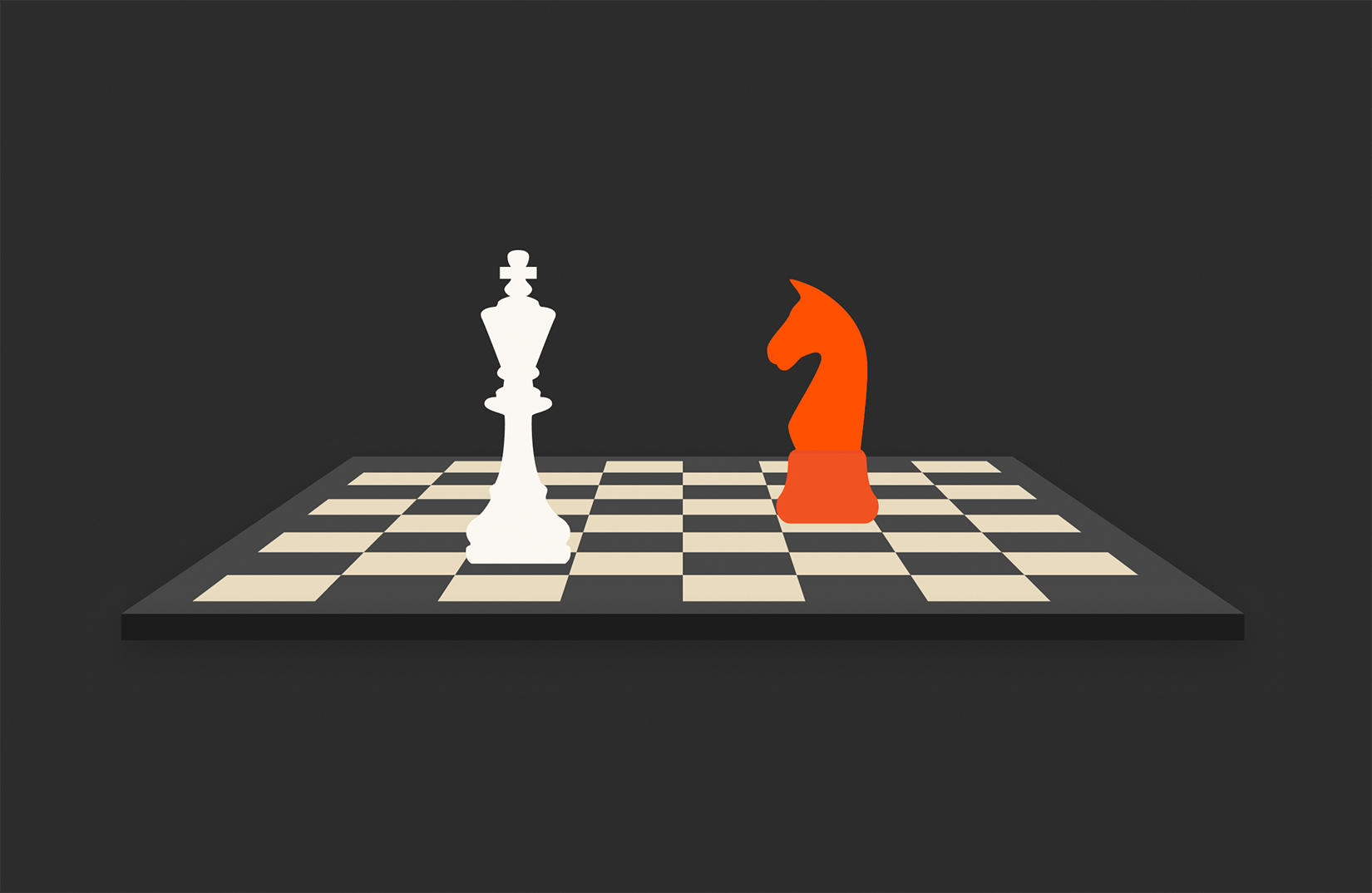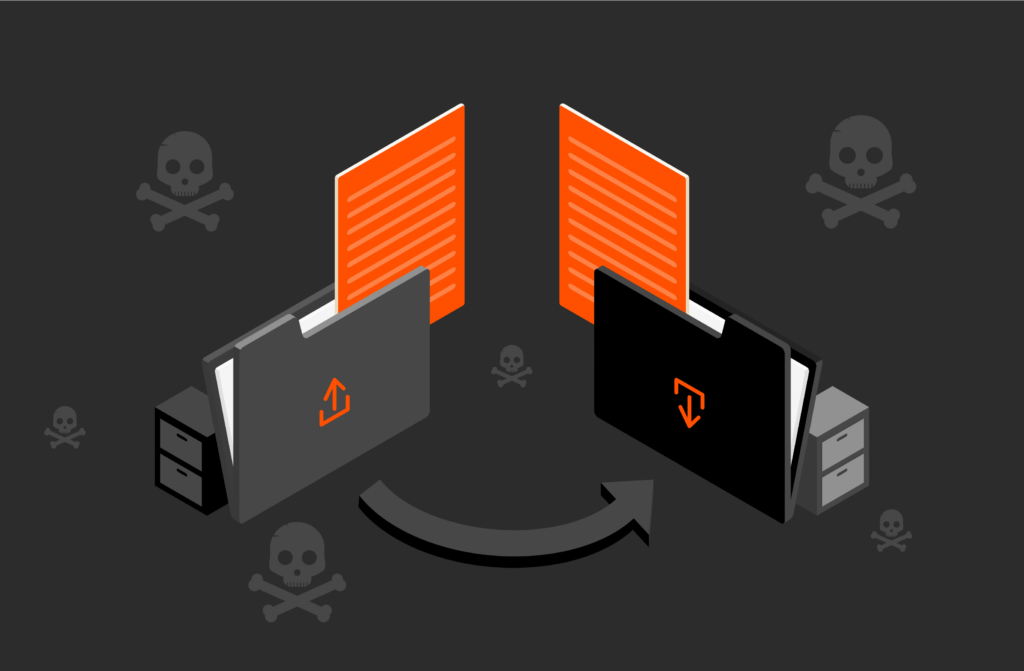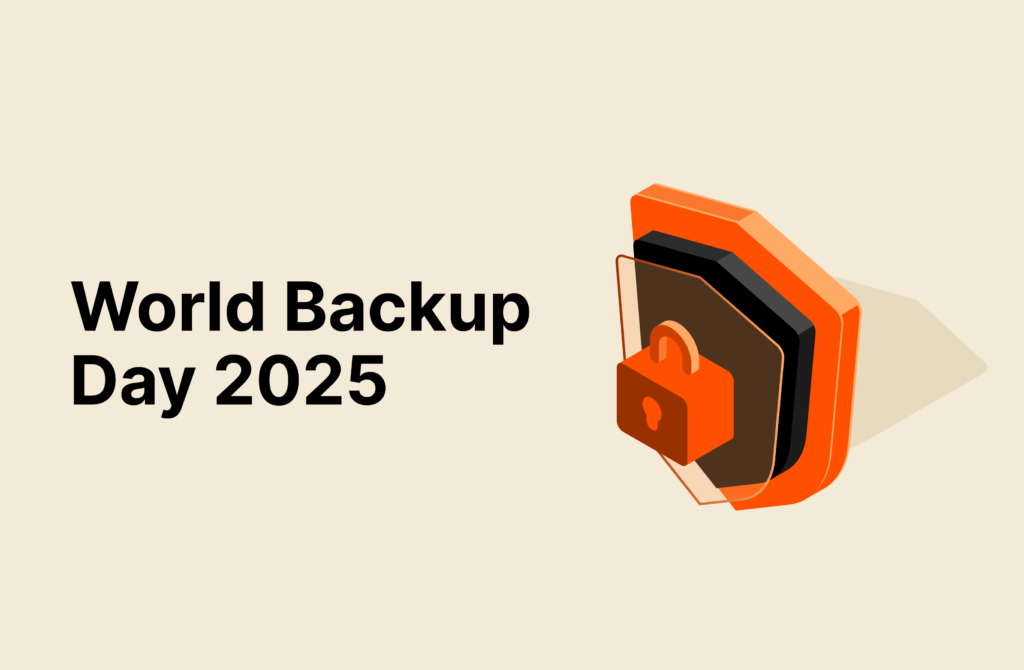When it comes to chess, data is the ultimate tool. Chess data has fueled AI and machine learning to create some of the toughest chess opponents possible.
Today is American Chess Day, so there is no better time to learn about the chess engines out there that have revolutionized the game and created chess grandmasters.
Chess Engines Learning the Math behind Chess
Many players learn the game by playing against chess engines. These computer programs analyze the positions of all of the pieces on the board to mathematically determine what is the best move. As AI technology advances, chess engines only grow smarter and more unbeatable. It’s to the point where if a player actually beats an engine, the game is investigated to see if the player used outside assistance, such as a different chess engine, to win the match.
While chess is a game of skill, it’s also a game of math and probability. Every single piece has a point total depending on its usefulness in the game. A pawn has the lowest point value, which is one. The queen has the highest point value, which is nine. However, capturing your opponent’s pieces and saving your high-value pieces is far from the only factor to consider.
If you’ve ever watched a chess game or played one online, you may have noticed a win probability meter. This meter assesses who is most likely to win the game after simulating the match 1,000 times based on the remaining pieces and what is left. Positioning is also key when calculating whether or not you’ll win.
Thanks to a certain show on Netflix, the word “gambit” has entered the lexicon. A gambit is when you sacrifice a piece or pieces to get a favorable outcome. For example, there’s a very common opening that requires sacrificing one of your bishops early to position your remaining pieces closer to your opponent’s king to get an early win.
However, this is only scratching the surface of how much positioning matters. There are no less than 10¹¹¹ possible positions in chess. There are 318,000,000,000 ways for the first four moves of a chess game to go down. There is not a single human on the planet who can account for every single possibility in chess. However, that doesn’t mean that AI isn’t getting close.
AI vs. Chess Grandmasters
In 1993, Stefan Meyer-Kahlen created Shredder, which is widely considered to be one of the best chess engines of all time. It has won 19 titles against other chess engines and is used by both newcomers and grandmasters alike.
Four years after Shredder was created, IBM developed an engine called Deep Blue that was able to defeat the world champion at the time, Garry Kasparov. It was the way Deep Blue won that really blew people’s minds. In the match, Kasparov intentionally sacrificed one of his pieces to get a better position against Deep Blue.
However, Deep Blue realized that by ignoring the sacrifice, it could reposition itself and gain the upper hand. Not only was this a master class move that has been studied and applied to players’ strategies, but it also changed a lot of minds about incorporating AI into modern chess.
How Chess Engines Use AI
Imagine having a chess rival whom you’ve played against since you first started to learn the game. This person knows how you like to open, counter, and what your endgames look like. Through AI and machine learning, chess engines can learn your playstyle and face you with that in mind. That means it knows how you want to open and what you’re planning.
Chess engines also use machine learning to become better than other chess engines. Stockfish was once considered to be the top chess engine. That changed when AlphaZero came along and spent about four hours studying Stockfish’s moves and strategies. After that, it was able to defeat Stockfish handedly. After that, AlphaZero faced the former world champion Magnus Carlsen and defeated him after studying Carlen’s games for about two hours.
From there, AI in chess has only gotten better and is now a core part of the game. In fact, AI has even created chess strategies that are used by players today. AlphaZero has changed the way chess is played entirely. Unconstrained by the normal ways humans play chess, AlphaZero has created new strategies that are entirely different from any typical human play. It has been described as like finding the lost notebooks from a grandmaster from the past.
For example, AlphaZero learned that it could win more matches by worrying less about keeping its own pieces alive and instead by focusing on pinning down its opponent’s pieces while cornering the king. In some games, AlphaZero moved its king to the center of the board early in the game to bait out its opponent so AlphaZero’s other piece could swarm in and attack.
Your average chess engine is going to run an algorithm based on the point totals we discussed earlier, piece positions, and what your opponent is likely going to do to counter. In a matter of seconds, the algorithm will simulate the remainder of the match thousands of times to see which move is the most optimal. Deep Blue is able to calculate 1 billion possible moves every second. Simply put, AI can do what no human on the planet can possibly do.
Has AI “Beat” Chess?
The reality is that chess is an unbeatable game. While chess engines have taken a lot of uncertainty out of the game, there are simply too many possible moves that can be made for AI to calculate. There are more possible variations in chess than there are atoms in the known universe. Even the strongest chess engines like AlphaZero have had games end in draws, which shows that there is still room to improve.
Checkmate Storage Management Headaches with Pure Storage
Just like how chess engines use AI to play better against you, Pure1® is a powerful AI-driven, SaaS storage management platform from Pure Storage that helps you better manage your storage infrastructure. Pure1 enables you to plan for future performance and capacity needs, optimize your energy efficiency, and secure your critical data at no extra cost.
Learn how Pure1 AIOps simplifies storage management.

ANALYST REPORT,







